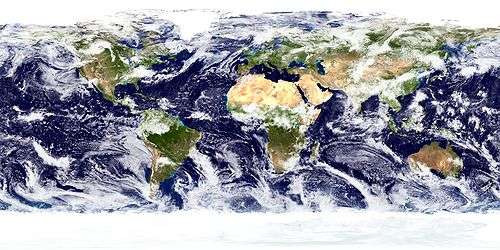Innuitian Region
The Innuitian Region is a physiographic division of the far northern hemisphere. The area is also considered part of the Arctic Archipelago.
The Innuitian Region is characterized by three zones of mountains that are extensive and discontinuous terrain of more subdued topography formed by plateaus, uplands and lowlands, with the Queen Elizabeth Islands comprising most of the area.
The Queen Elizabeth Islands area contains three major mountain ranges, consisting of the Grantland, the Princess Margaret Range, and the Victoria and Albert Mountains. These mountain ranges are part of the Innuitian Mountains which in turn form part of the Arctic Cordillera mountain system. On central Axel Heiberg Island and northwestern Ellesmere Island, the mountains are nearly buried by ice sheets through which the peaks project as a row of nunataks. Between these three large mountainous zones lies the Eureka Upland. To the south are the Perry Plateau and the Sverdrup Lowlands, a region of low relief, rolling, and scarped lowland. About one third of the Ellesmere and Axel Heiberg Islands are covered with ice.[1][2]
References
- ↑ "Borderlands: Arctic Physiographic Regions". Natural Resources Canada. 2007. Retrieved 2007-12-28.
- ↑ French, Hugh M.; Slaymaker, Olav (1993). Canada's Cold Environments. McGill-Queen's Press - MQUP. pp. 13, 15. ISBN 0-7735-1636-0.
